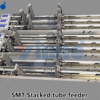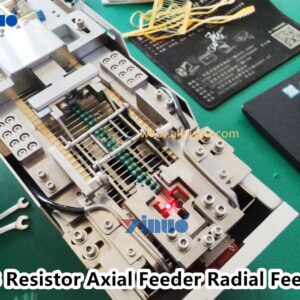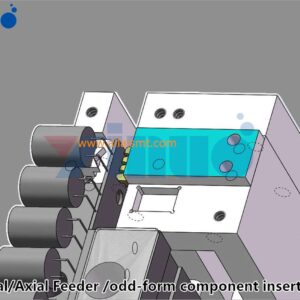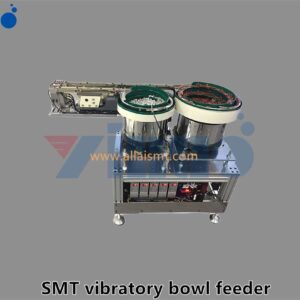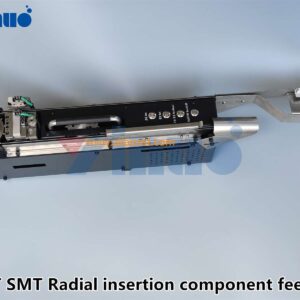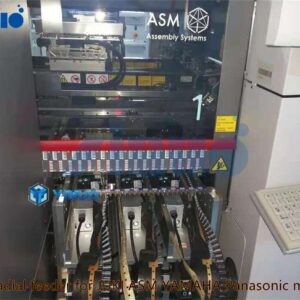ATF-350H PCB Resistor Axial Feeder Radial Feeder
1. Axial Feeder
- Axial Resistors: These are resistors with leads extending from both ends of the cylindrical body in a straight line. The leads are aligned along the axis of the resistor.
- Axial Feeder:
- Designed to handle axial-leaded components.
- The feeder typically supplies the resistors in a taped format, where the resistors are held in place by a paper or plastic tape for easy feeding.
- The machine pulls the tape, separates the resistor, and positions it for placement.
- Commonly used for through-hole components in older or specialized PCB designs.
2. Radial Feeder
- Radial Resistors: These are resistors with both leads extending from the same side of the component body, forming a “U” shape.
- Radial Feeder:
- Designed to handle radial-leaded components.
- The feeder supplies the components in a taped or ammo-pack format, where the leads are pre-formed for easy insertion into the PCB.
- The machine cuts the leads to the desired length and inserts the component into the PCB.
- Radial feeders are often used for components like capacitors, LEDs, and radial resistors in through-hole assembly.
Key Differences:
Both feeders are essential in automated assembly lines for through-hole components, though surface-mount technology (SMT) has largely replaced through-hole components in modern electronics manufacturing. However, axial and radial feeders are still used in specific applications where through-hole components are required for durability or other reasons.


